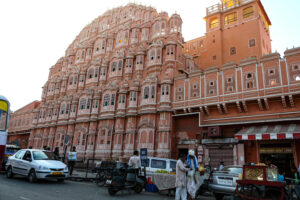
Jaipur, India
Jaipur, a city of around three million people has the hustle and bustle of a modern overcrowded metropolis and the history of a rich royal past
Rotate to landscape to view slideshow
Fatehpur Sikiri is a about 40kms from Agra. It was the capital of the Mughal Empire 1571 to 1585 and then abandoned. Our hotel suggested a driver to us and it was a good option. Our driver shielded us from the hawkers and it made for a more pleasant time.
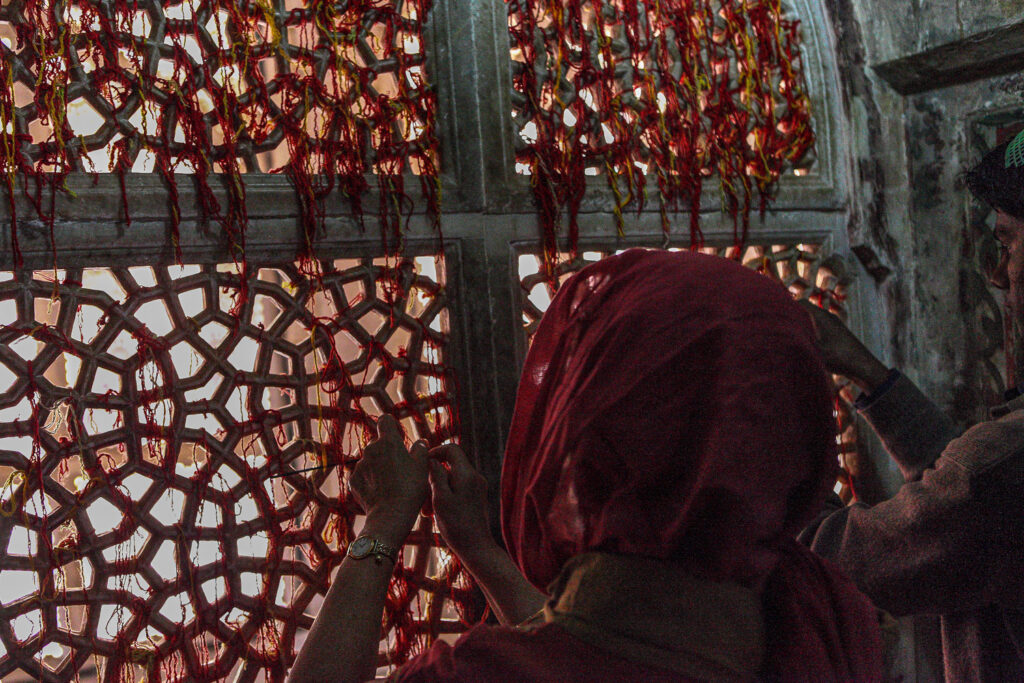
The Fatehpur Sikri complex is in two parts – the palace and the mosque. Both are interesting. The palace is a celebration of red sandstone and beautiful carvings showing both Isamic and Hindu influences. You are free to wander around.
The mosque reputably has the tallest gateway in the world – it is impressive. Inside you can buy a piece of material to deposit on the white marble tomb of Sufi saint Salim Chishti. Just remember that your devotional offering will be resold to another gullible tourist soon after you’ve laid it. But it’s an experience to participate.
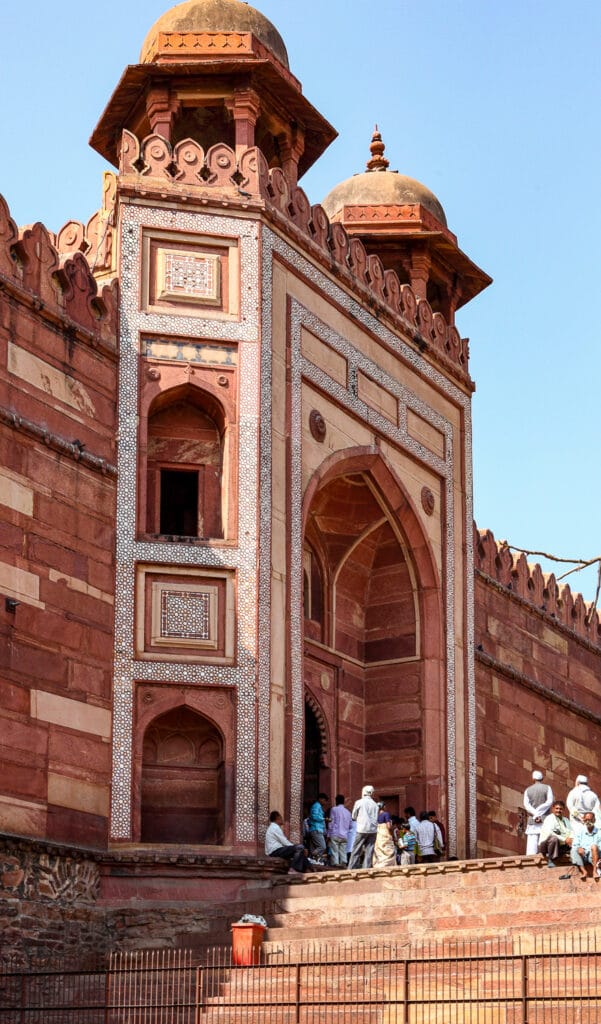
On the way home from Fatehpur Sikri, we bought a small piece of the red sandstone that had been intricately carved in the form of an incense burner. It’s nice to know that the art of the ancient artisans still lives on.

Jaipur, a city of around three million people has the hustle and bustle of a modern overcrowded metropolis and the history of a rich royal past
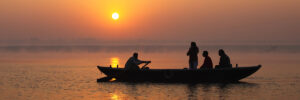
The northern Indian city of Varanassi is sacred place for many religions. It has had a fascination for visitors and pilgrims for centuries
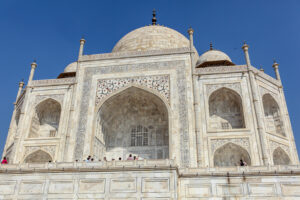
Words cannot adequately paint a picture of the experience of seeing this complex. It’s exhilarating.
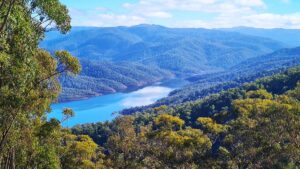
The spectacular, secluded waters of the Thomson Dam have provided drinking water to the people of Melbourne since 1983
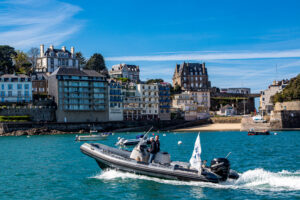
If Saint-Malo is for pirates, Dinard is for elegance! Situated in a lovely position overlooking the Rance Estuary, the beautiful 19th century villas are just made for the aristocracy.
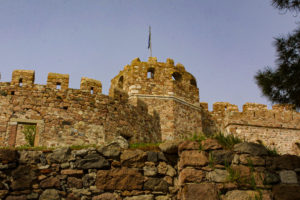
Mytilini, the capitol of Lesbos is situated on a harbour that is circled by shops, houses, restaurants, churches and a huge castle.